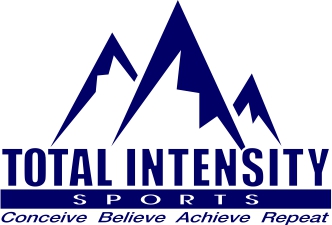
For most endurance athletes, training and racing becomes their lifestyle. It’s a year-round process. This can be a very healthy thing, but it can lead to overtraining or injuries if your year isn’t broken down into different training phases. It can also lead to burn-out if there is no change in focus for a long period of time. As an athlete and a coach, I’ve experienced it all either first hand or through my athletes. There are the athletes who are afraid of losing their fitness and try to continue training at the same level all year. This almost always leads to burn-out, unless you get injured before that point arises. Then on the opposite spectrum, you have the athlete who crosses the finish line of their last big race of the season and then becomes a couch potato for months. If this athlete tries to dive back into it without creating a solid base of both strength and fitness, they are likely to get injured.
As I have personally experienced after a longer than planned break from training, it makes it a lot harder to achieve your goals, especially at the Ironman distance, if you haven’t put in some work in the off-season. Not only does it take away from achieving your goals, but lack of off-season training puts you way behind when it is time to start ramping up for your race prep. It makes training in-season that much harder and a lot less fun. It also can take away from your race day experience when you know you don’t have the foundation and training underneath you that is necessary for a strong performance. I know because I personally experienced this during the 2017 season.
Don’t sit on the couch! Don’t keep training like you have another race just around the corner! Rather than doing either of these extremes, you’ll be better off if you maintain some fitness level without just continuing with your regular swim, bike, and run schedule. You’ll feel more recharged mentally and physically if you continue to do some aerobic conditioning outside of your normal routine. Go get on your mountain bike, do trail runs, go hiking or kayaking. Try something new! Another good way to maintain fitness is to switch your focus. A lot of my athletes do a fall half-or full-marathon, so we focus more on running combined with the appropriate strength and flexibility training to accommodate the increased impact from an extra day or two of running each week. If you want to work on your run speed, sign up for some 5Ks and 10Ks! Have fun with it but don’t just sit at home on the couch watching TV and over-indulging.
Another possibility is to get back into the gym. Focus more on core and functional strength, flexibility training, and general strength training. You don’t need to bulk up in the off-season, but you can make big gains in your overall strength and flexibility with more focused training here. You’ll have more time to focus on these things since you won’t be spending all day on your bike! Try different yoga classes. Try Pilates classes. Work with your coach on a strength routine that will help you reduce your imbalances and weakness.
Don’t spend your off-season sitting on the couch! Maintain your base fitness and work to improve your weaknesses. Try something new! Just get out and do something! Off-season doesn’t mean turn off the training. It means dial it back, change it up, have some fun with it. Now get away from your computer and go workout! 😊









